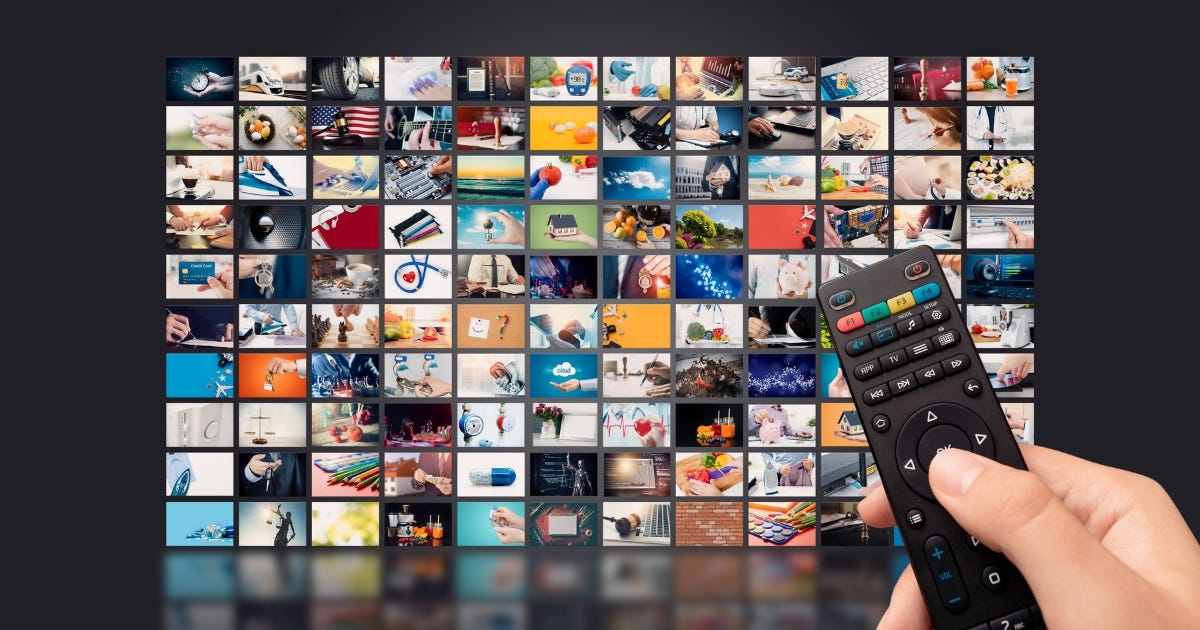In a world where entertainment consumption is evolving at lightning speed, traditional cable TV is no longer the sole option for accessing your favorite shows and movies. Enter IPTV, a game-changing technology that’s reshaping the way we watch television. Kemoiptv, or Internet Protocol Television, is a method of delivering television content through the internet rather than using traditional satellite or cable formats. This innovative approach has opened up a world of possibilities for consumers, offering flexibility, customization, and a diverse range of content. In this comprehensive guide, let’s delve into the realm of IPTV and uncover what you need to know about this revolutionary technology.
Understanding IPTV:
At its core, IPTV utilizes the internet to deliver TV content to your screen. Instead of receiving broadcasts through satellite signals or cables, IPTV streams content through your internet connection. This method allows for a more dynamic and personalized viewing experience.
How IPTV Works:
IPTV operates by transmitting media content using internet protocols, including the likes of IP multicast and Real-Time Streaming Protocol (RTSP). The content is encoded into IP format and then delivered to your device through an internet connection. Users can access IPTV services through dedicated set-top boxes, smart TVs, computers, or even mobile devices using specific applications.
The Key Components:
- Content Delivery Network (CDN): CDNs are the backbone of IPTV, responsible for transmitting and distributing media content efficiently across the internet.
- Middleware: This software acts as an intermediary between the user interface and the content provider, facilitating the management and delivery of the content.
- Set-Top Box (STB) or Applications: These are the user-facing interfaces that allow viewers to access IPTV services. STBs or applications decode the received content and display it on the screen.
Advantages of IPTV:
- Customization: IPTV offers personalized content packages, allowing users to choose and pay for only the channels or content they want to watch.
- On-Demand Content: It enables access to a vast library of on-demand movies, shows, and series, empowering viewers to watch content at their convenience.
- Interactive Features: IPTV often includes interactive features like video-on-demand, catch-up TV, and even interactive advertising.
Challenges and Considerations:
- Internet Speed and Quality: Reliable and high-speed internet connectivity is essential for a seamless IPTV experience. Insufficient bandwidth can result in buffering and poor video quality.
- Content Restrictions: Content availability might be limited based on geographic regions due to licensing agreements and copyright issues.
- Security Concerns: As IPTV relies on the internet, security measures are crucial to protect against unauthorized access and piracy.
The Future of IPTV:
IPTV continues to evolve, with advancements in technology paving the way for enhanced user experiences. With the integration of AI, VR, and cloud-based services, the future of IPTV promises even more interactive and immersive content delivery.
Conclusion:
IPTV has disrupted the traditional television landscape, offering viewers greater control, flexibility, and diversity in their entertainment choices. As technology continues to advance, IPTV will likely become an even more integral part of how we consume television content. Understanding the workings and potential challenges of IPTV is crucial for navigating this ever-evolving realm of entertainment.
